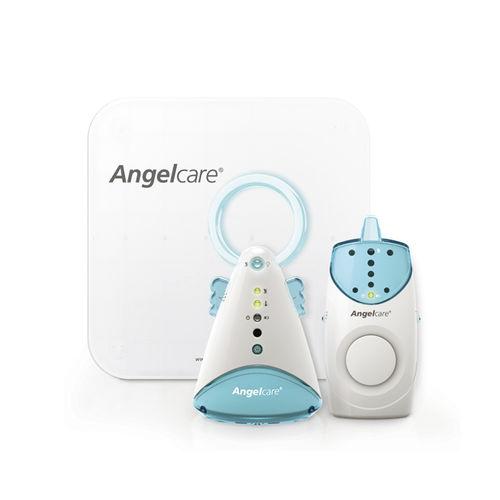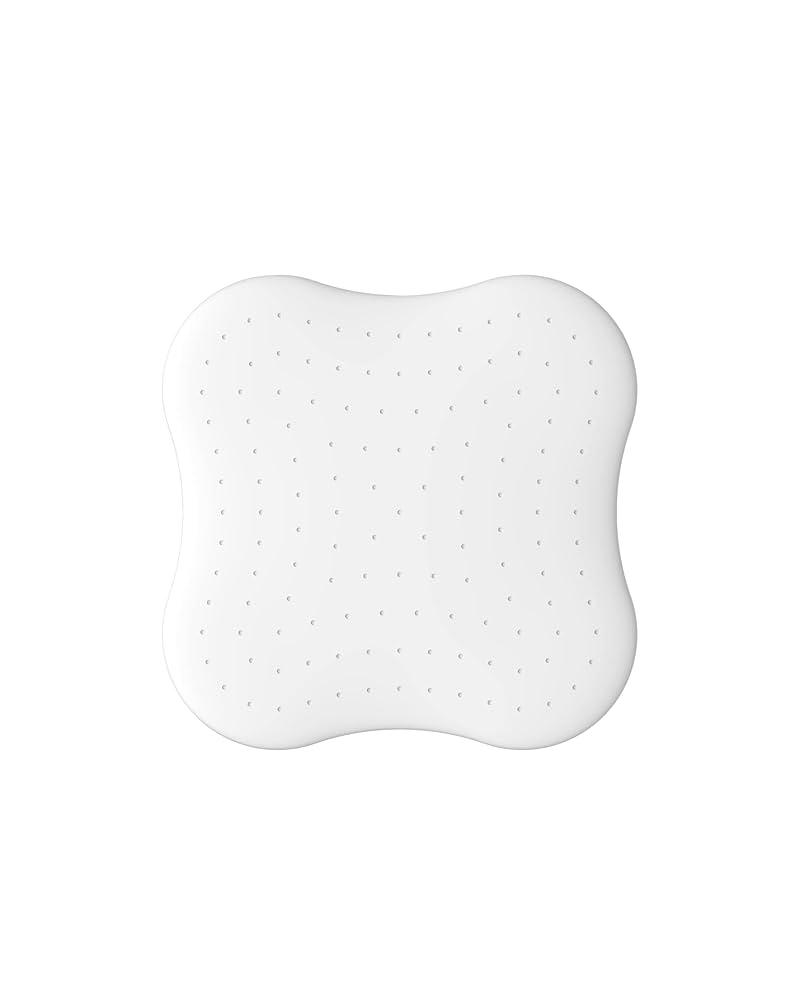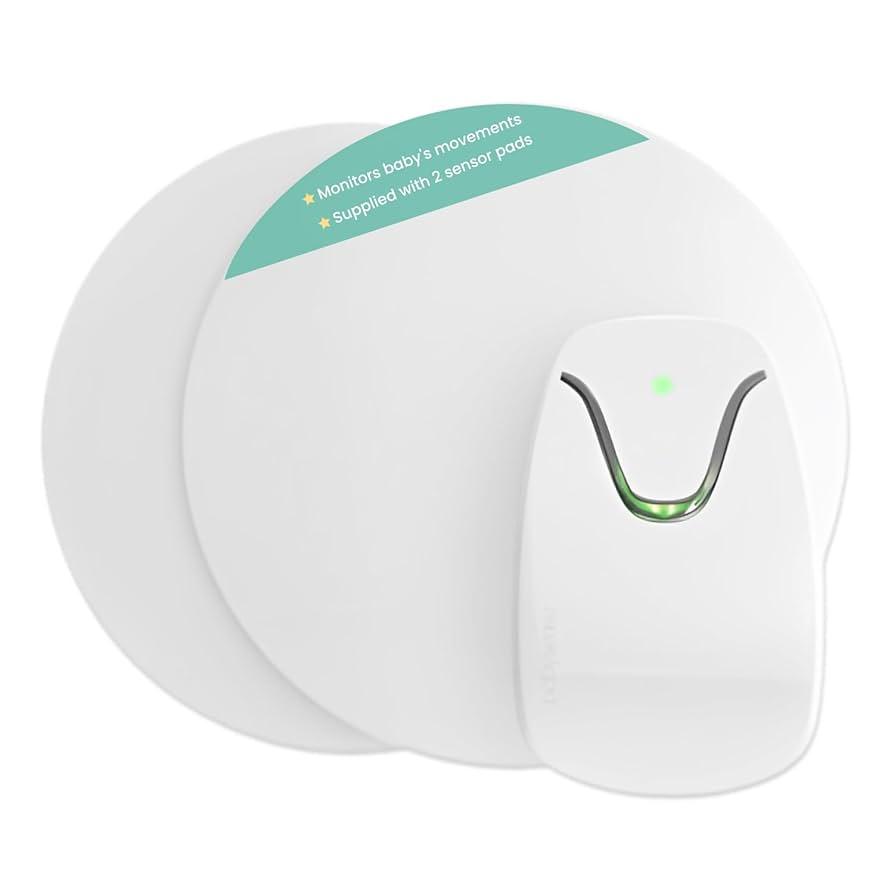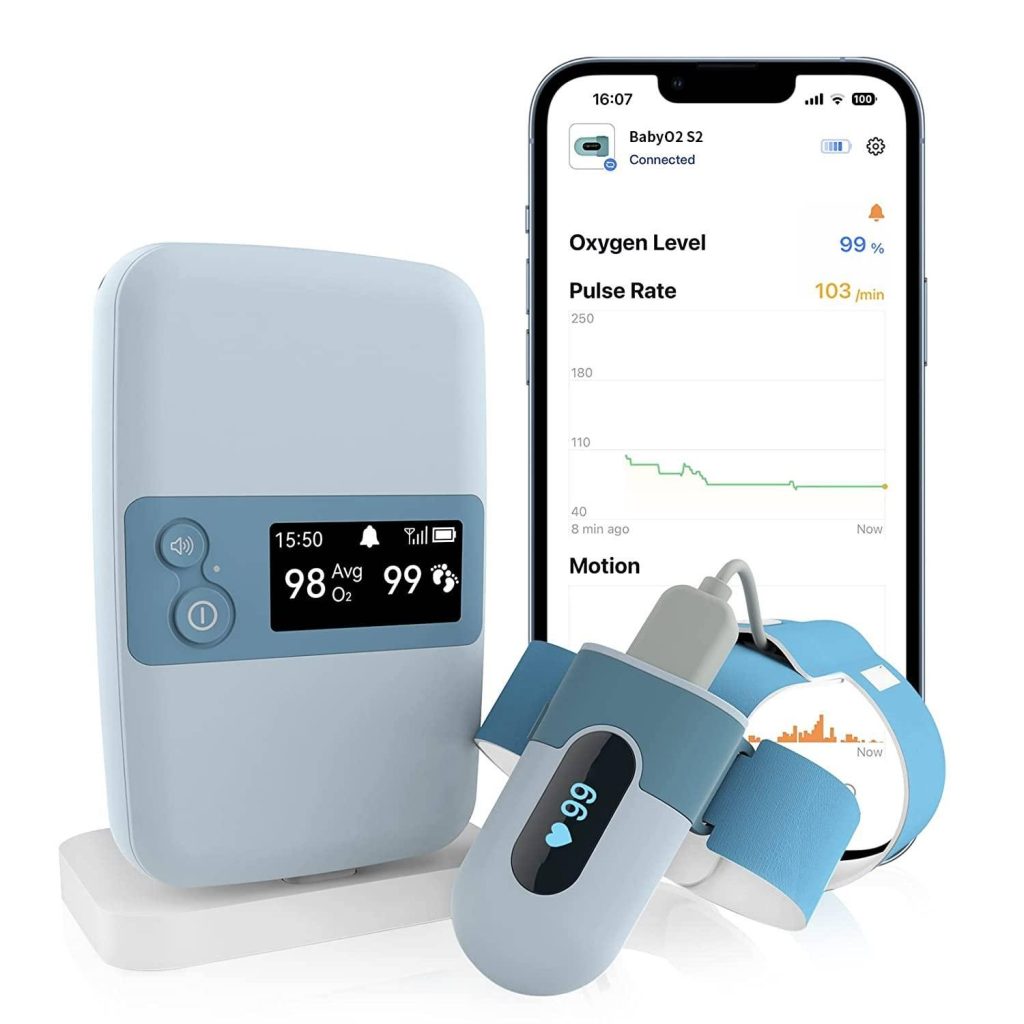In the quiet, tender hours of the night, every parent’s heart beats with a mixture of hope and vigilance. The gentle rise and fall of a sleeping baby is a rhythm both calming and fragile-one that calls for watchful care without stealing precious moments of rest. Enter the baby movement sensor pad: a subtle guardian resting beneath the crib mattress, designed to monitor those tiny, vital motions that tell a story of safety and wellbeing. Offering peace of mind while your little one sleeps, this innovative device bridges technology and trust, allowing parents to embrace the serenity of night with confidence.
Understanding How Baby Movement Sensor Pads Enhance Sleep Safety
Baby movement sensor pads work by gently detecting the subtle motions of an infant’s breathing and shifts during sleep. Placed beneath the mattress, these pads utilize sensitive pressure technology to monitor activity without disturbing your little one. When irregular movement patterns or prolonged inactivity occur, the sensor immediately alerts parents, offering a proactive safeguard against potential risks. This technology not only provides reassurance but also empowers parents to intervene quickly, ensuring their baby’s sleeping environment remains as safe as possible.
The advantages of using a baby movement sensor pad go beyond basic monitoring. These devices are designed with simplicity and comfort in mind, often featuring:
- Non-intrusive placement that does not interfere with sleep quality
- Wireless connectivity for real-time alerts on smartphones
- Compatibility with various crib and bassinet mattresses
- Long battery life to cover even overnight hours without interruption
Ultimately, sensor pads form a vital part of a comprehensive sleep safety plan, bridging the gap between watchful parenting and restful nights.

Key Features to Look for in a Reliable Baby Movement Sensor Pad
Choosing a dependable baby movement sensor pad involves considering a combination of sensitivity and ease of use. The pad should accurately detect even the slightest motions, ensuring early alerts if your baby stops moving unexpectedly. Look for features like adjustable sensitivity settings, which allow you to tailor the detection based on your baby’s unique sleep patterns. Wireless connectivity options enhance convenience, letting you monitor remotely via smartphone apps. Additionally, a non-intrusive design with water-resistant materials ensures the sensor not only performs reliably but also withstands the inevitable messes of everyday baby care.
Another crucial aspect is the sensor pad’s alert system. A reliable baby movement sensor pad will offer dual alert modes, including audible alarms and silent notifications like vibrations or app alerts, helping parents respond promptly without causing unnecessary disturbance. Battery life and ease of setup also play important roles – look for pads that boast extended battery performance and compatibility with standard monitoring units or smartphones. Below is a quick overview of must-have features to help you compare options at a glance:
| Feature | Benefit | Why It Matters |
|---|---|---|
| Adjustable Sensitivity | Customizes detection | Reduces false alarms |
| Wireless Connectivity | Remote monitoring | Convenience & peace of mind |
| Dual Alert Modes | Audible & silent alarms | Immediate, discreet notification |
| Water-Resistant Material | Durable & easy to clean | Withstands toddler messes |
| Long Battery Life | Extended usage | Less frequent charging |

Practical Tips for Installation and Effective Use of Sensor Pads
To ensure your baby movement sensor pad functions optimally, placement is key. Position the pad flat beneath your baby’s mattress, avoiding any folds or wrinkles that can distort movement detection. Make sure the sensor is securely connected to its monitoring device, and run a brief test to confirm it’s picking up even subtle movements. Remember, keep the sensor dry and free from obstructive bedding or toys for accurate readings. Regularly check the pad for wear and tear, and avoid using mattresses thicker than recommended by the manufacturer to guarantee sensitivity and safety.
- Use the sensor with a firm mattress for better signal accuracy.
- Calibrate the sensor according to your baby’s age and activity level.
- Place the monitoring unit within a reasonable range for uninterrupted alerts.
- Regularly update the device’s firmware if applicable.
Enhancing the usability of your sensor pad extends beyond installation. Establish a quiet environment free from vibrations or heavy foot traffic nearby, as these can trigger false alarms. Pair the sensor with a mobile app or alert system that offers customizable sensitivity settings, enabling you to fine-tune notifications based on your baby’s typical sleep patterns. Additionally, always maintain a backup battery or power source ready to avoid downtime, ensuring uninterrupted peace of mind as your little one sleeps soundly.
| Tip | Benefit |
|---|---|
| Place sensor on firm surface | Enhanced movement sensitivity |
| Keep monitoring unit close | Faster and reliable alerts |
| Calibrate sensitivity | Reduced false alarms |

Choosing the Right Sensor Pad to Suit Your Baby’s Needs and Home Setup
When selecting a sensor pad, it’s essential to consider both your baby’s unique characteristics and the layout of your home. Sensor pads come in various sizes and thicknesses, so choosing one that matches your crib or bassinet ensures accurate movement detection and prevents false alarms. For instance, a thinner pad works best under a firm mattress, while a thicker one suits softer sleeping surfaces. Additionally, take note of the sensor’s sensitivity settings-some models offer adjustable sensitivity levels to accommodate active sleepers or those who move minimally during sleep.
Compatibility with your home setup extends beyond mattress fit. Think about how the sensor connects to monitoring devices, whether via Bluetooth, Wi-Fi, or wired options, and assess your home’s connectivity reliability. Consider a sensor pad with user-friendly features like easy-to-clean materials or quick installation, especially if you foresee frequent moving between rooms or caregivers. Below is a quick comparison table to help you weigh key factors:
| Feature | Pros | Considerations |
|---|---|---|
| Size & Thickness | Better mattress compatibility | Must match mattress type |
| Connectivity | Real-time alerts and remote monitoring | Depends on Wi-Fi signal strength |
| Sensitivity Adjustment | Customizable for baby’s movement | Needs fine-tuning to reduce false alarms |
| Material & Maintenance | Easy to clean and durable | Potential wear over time |
Key Takeaways
As the quiet hours unfold and your little one drifts into peaceful slumber, the Baby Movement Sensor Pad stands as a silent guardian by their side. Offering more than just technology, it delivers reassurance-a gentle promise that you’ll be alerted if something is amiss, allowing both baby and parent to rest with newfound ease. In the journey of parenthood, where every heartbeat counts, this small device can make a world of difference, transforming nights of worry into nights of calm confidence. After all, peace of mind is the most precious lullaby you can give your child.
